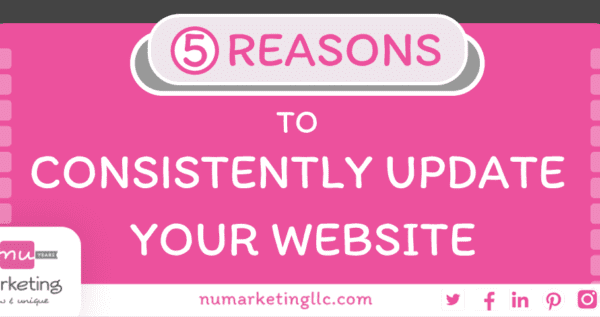
It’s Time!
Google is retiring Google Analytics and all reporting will expire in July 2023. While that seems like a long time away, in analytics time, that’s only a hot minute! Google Analytics 4 (GA4) launched in October 2019 and will be the sole data tracking source for your website after July 2023.
It’s important to convert to GA4, so you have at least a year of data to compare when it becomes the only tool to measure website traffic. To avoid losing any historical analytics data, now is time to set up GA4 as it only collects data from the date it is set up and enabled. You can utilize Big Query to save all your data, however there is a charge affiliated with this. This isn’t required by any means but is a recommended option.
For architecture, engineering, and construction firms, analytics aren’t always the number one priority in the business. Making use of this tool allows for a better understanding of your online traffic and GA4 gives you the data to better target your audience and tailor digital content to your users.
Let’s dive into Google Analytics 4 (GA4).
GA4 is a new property designed for the future of measurement which includes:
- Collection of website data to better understand the customer journey (website behavior)
- Privacy controls such as cookieless measurement, and behavioral and conversion modeling
- Direct integrations to media platforms that help drive actions on your website
GA4 gives marketers a more holistic understanding of the customer lifecycle instead of individual metrics across pages, segments, or devices made available in the previous version of Google Analytics.
Some of the differences:
- GA4 tracks events and Google Analytics tracks page views, sessions, conversions/goals transactions, and social. This change allows a better understanding of the user’s behavior on your website. It provides a more detailed path of how the user interacts with your website. If you’ve ever looked at the Behavior Flow in Google Analytics, it will be a much clearer and better understanding of user behavior (where they go throughout your website and how they click through your website).
- GA4 filters bot traffic where in Google Analytics you had to manually enter what traffic was bot traffic and filter it out. This feature on GA4 gives you better quality data of actual users on your website and what they are doing on your website.
- In the GA4 reports, you will not find headings for ‘Audience’, ‘Acquisition’, ‘Behavior’ and ‘Conversion’. They have been replaced by the group headings of ‘Life Cycle’, ‘User’, ‘Explore’ and ‘Configure’. In the life cycle heading, you can find acquisition, engagement, monetization, and retention. In the user heading, you can find demographics. Explore includes having a better understanding of the user’s journey throughout your website. This is also where you can create custom templates for your website. Configure includes events, conversions, audiences, and custom definitions. Events allow you to measure a distinct user interaction on your website. For example, loading a page, clicking a link, and completing a purchase are all interactions you can measure with events.
- GA4 is fully compliant with General Data Protection Regulation (GDPR). Consent mode adjusts based on the permissions given by each visitor.
- Bounce rate has changed in GA4. If a user visits your homepage and stays for at least 10 seconds and doesn’t click to any other pages, GA4 still counts this as a user. In Universal Analytics, it would have been considered a bounce because they didn’t visit any other pages. There are many sites that have the information the user needs on the home page like a phone number or link to social media (or your website should).
- Email notifications can be set up for different activities. For example, if a user clicks on a certain page, you can set up a notification to be automatically sent to you. If you’re interested in learning how people are interacting with a certain page on your website, this will be a great tool to use.
Google Analytics 4 should be installed on your website alongside your existing Google Analytics, so you can have at least a years worth of data on both reporting properties. By doing so, you’ll start to store your historical data into GA4 which will enable you to have a multi-year look-back window of your data. You won’t be stuck flipping between multiple properties to stitch together reports when your current analytics property finally gets shut off.
Dual tagging by itself is not a big task and has many benefits:
- Start collecting data in GA4
- Historical data will be stored when the final transition finally happens
- Access to GA4 goodies
- Cross-channel user journey tracking (track app + web behavior together)
- Predictive analytics
- Analysis tools improvements
While this may seem like a daunting task, it’s another tool you’ll need to have in your marketing toolbox. Contact nu marketing today. We’d be happy to assist you with this process. It doesn’t take long to get this installed.
Resources:
Comparing metrics: Google Analytics 4 vs Universal Analytics, https://support.google.com/analytics/answer/11986666?hl=en#zippy=%2Cin-this-article
Analytics Insights https://support.google.com/analytics/answer/9443595?hl=en&ref_topic=12153537,12153943,2986333,&visit_id=637931473642322674-1366179316&rd=1
Universal Analytics to Sunset in 2023: Get Ready for Google Analytics 4 https://infotrust.com/articles/google-analytics-universal-analytics-sunset-what-you-need-to-know/


